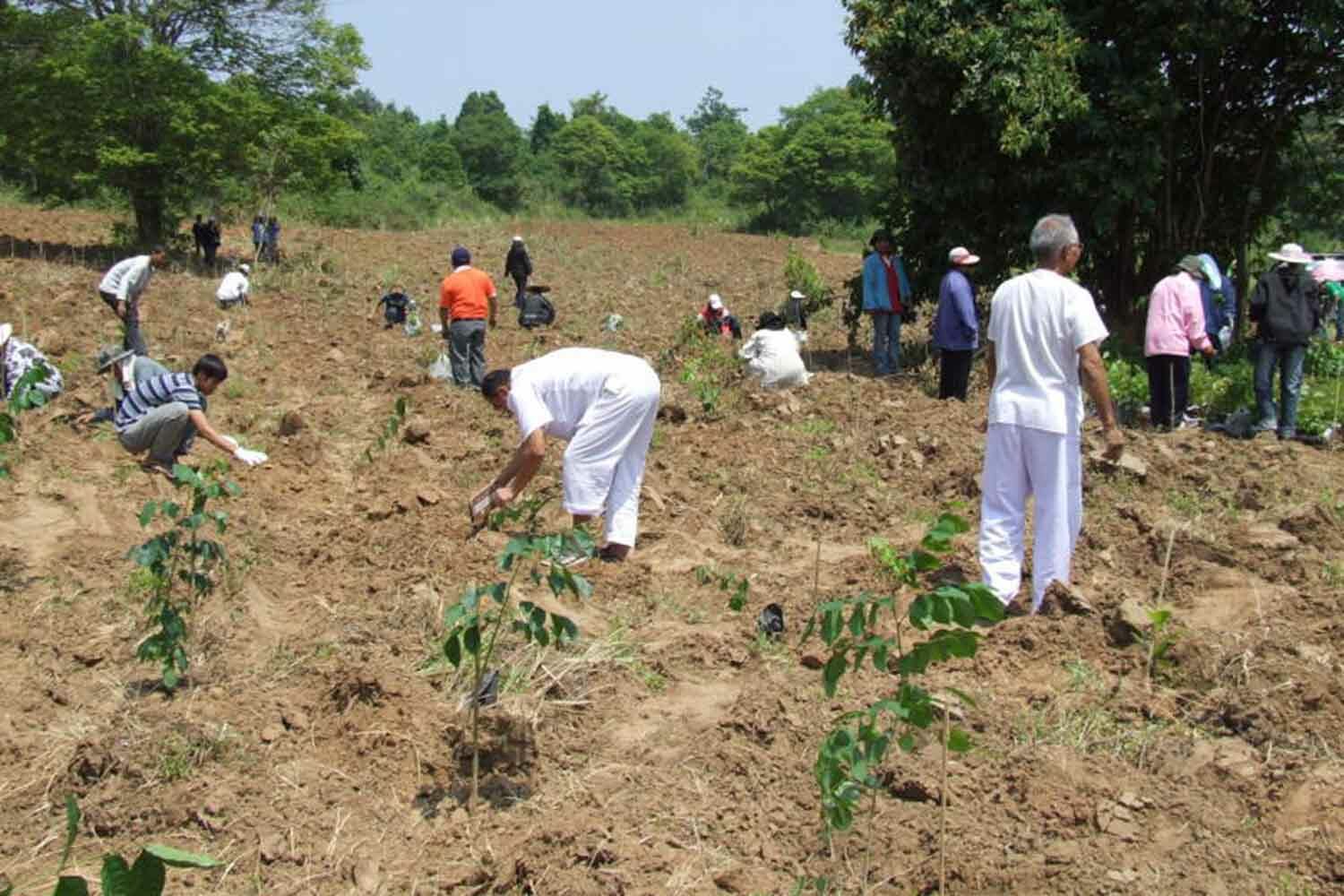Thailand could curb climate change impact with forest expansion

The severe consequences of climate change could potentially be curbed in Thailand by the expansion of forest coverage on unused lands, asserted a water expert. Royon Jitdon, who provides advice to the Hydro-Informatics Institute under the Ministry of Higher Education, Science, Research, and Innovation, expressed confidence in the climate change mitigation capabilities of forest plantations, particularly in terms of reducing drought impacts in agricultural regions.
Thailand’s forest zones span over 102 million rai, equivalent to 31% of the country’s total land area, according to Royon. In line with the national reform policy, the government aims to elevate green areas in the country by 45% within two decades. These green areas encompass economic forests, protected forest zones, and community forests.
Royon shed light on the government’s forest plantation policy, which is designed to encourage local involvement. This is achieved by permitting locals to reap benefits from the forests they plant.
He cited a pilot project in Nan as an example, where locals have the potential to yield approximately 10,000 baht (US$280) per rai annually from planting bananas and other commercial plants in green areas. This income is five times more lucrative than cultivating maize, which produces around 2,000 baht (US$56) per rai, reported Bangkok Post.
Forest fires, pollution
Royon also highlighted the potential for forest expansion to reduce the likelihood of forest fires and PM2.5 pollution by decreasing single-crop plantations in the highlands. The Nan project has successfully transformed 2,000 rai out of a total of 8,000 rai into green areas in its initial phase.
Furthermore, forests can curb sediment from flowing into dams, which can otherwise decrease the dam’s lifespan, a current issue for the Sirikit Dam in Uttaradit province. An abundant forest zone, like the one near the Vajiralongkorn Dam in Kanchanaburi province, can guarantee year-round water supplies.
Royon emphasized that forests can also help maintain temperature stability, and unusual weather patterns in Thailand have been a result of changing currents in the oceans. He also touched on the influence of El Nino, predicting that its impact will diminish this year, thus improving rainfall. However, he stressed the need for proper management plans to prevent potential drought or flooding issues.
Pirun Saiyasitpanich, the Department of Climate Change and Environment’s chief, revealed that the department plans to present a second version of the country’s adaptation strategy against climate change for the Cabinet’s consideration soon. The plan focuses on mitigating climate change’s impacts on vulnerable groups, particularly local farmers, across six areas: water management, agriculture and food security, tourism, public health, natural resources management, and relocation and security.
He said that state agencies have been working together to develop drought and flood-resistant rice strains and other crops. Additionally, studies on rising sea levels and potential land loss from sea intrusion have been incorporated into the relocation plan.
Latest Thailand News
Follow The Thaiger on Google News:


























